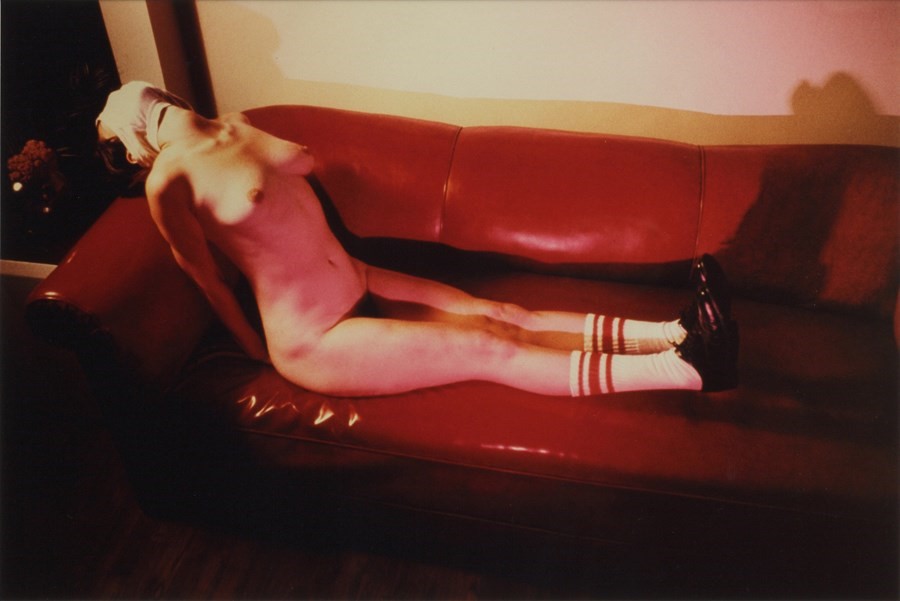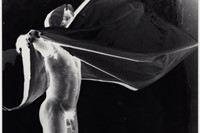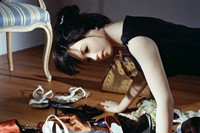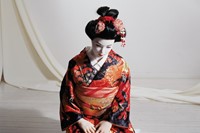As their joint show opens in London, American artist Laurie Simmons tells us about the New York studio she shared with the late artist Jimmy DeSana, and why his work “becomes more extraordinary” with time
Double Trouble, an exhibition at the Amanda Wilkinson Gallery in London, brings together the work of American artists Laurie Simmons and Jimmy DeSana. Both were driven by the desire to subvert understanding and expectations around how bodies were seen; for DeSana, this was informed by queerness, and what it meant to show the male body as an object of desire, from the bare intimacy of Parka (1990) to the almost fully-mummified body in Masking Tape (1979), where only hands, feet, and genitals are visible. Simmons’ work, especially that created after her time working alongside DeSana (who also gave her his estate at the end of his life), is more about dressing up than dressing down; from the Love Doll geishas to the uncanny Blonde/Pink Dress/Standing Corner (2014), her recent work is concerned by how femininity is enhanced by clothing and performance. The influence of DeSana’s work lingers below the surface in Simmons’ art, an effect that can be traced back by decades, to the time when they shared a studio in Soho, New York.
The two artists shared studio space – along with their close relationship, both personally and artistically – put their work into a subconscious conversation; looking at these images side by side, the similarities are obvious. Both challenge the idea of normalcy in domestic space, and push the perception of bodies – how “real” they are, how gendered they appear to be – to the limit.
DeSana passed away from an Aids-related illness in 1990. That same year, his Parka photograph was created, showing a nude male body in a strange, ethereal way; stark and ghostly, daring and dangerous for revealing so much. This work seemed to be explicitly informed by the Aids crisis, and the impact it had – and continues to have – on queer communities. While DeSana was on his deathbed, he gave his estate to Simmons. Decades after his passing, Simmons is still creating new work. Some of the themes she explores are similar to the photographs she made while sharing a space with DeSana, but now they exist in a new context; one informed by the internet, the ever-changing nature of the feminine in art and culture. Still, decades later, Simmons believes in the work of her old friend.
Here, in her own words, Laurie Simmons tells us about working alongside DeSana, and the continued relevance of his work in an ever-changing art world.
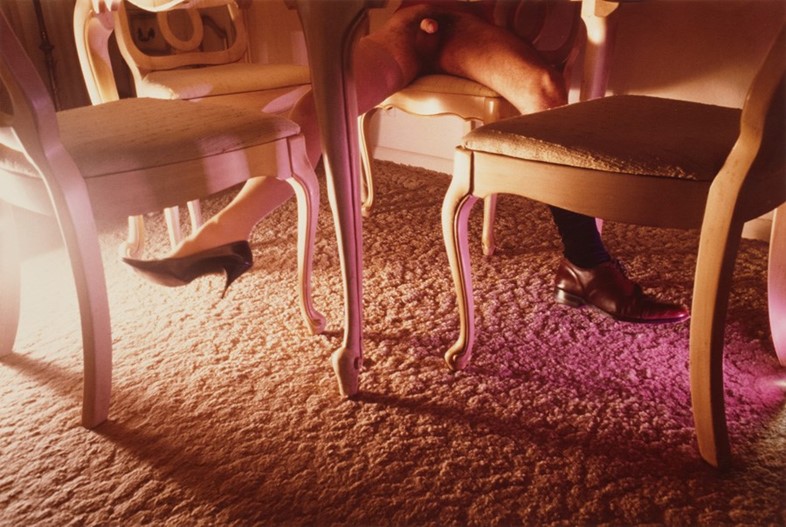
“He [DeSana] and I were on the A Train heading to Rockaway with a whole group of young artists, young creative people. I remember that he was wearing a white Panama hat, a Yashica camera around his neck that was spray-painted white, and a little rhinestone necklace, which was interesting because he didn’t tend towards that kind of costuming or cross-dressing, but just that day that’s what he was wearing. And we both found out that we were on the hunt for studio space. We both needed a place to live and we needed studios. And we said, ‘OK, let’s look for a place together.’ I mean, it was that easy.
“And then another woman on the subway who was a friend of mine already, said, ‘Oh, I’m getting the third floor of an old button factory in Soho, and I’ll ask if there’s another floor available.’ The other floor available was the fourth floor. It was 200 feet long, a long dark space with windows at each end. So we built a wall dividing it down the middle. He took one end, I took the end with the elevator. We got the place and we each set up a dark room. I knew I wanted to be a photographer, that was something I came to after art school, and that was my graduate school.
“I feel like only with hindsight, I found out that with Jimmy, we were such profound influences on each other, but nothing that we would ever have acknowledged. It’s just from working side-by-side, and borrowing each other’s equipment, or having him show me things that I then used. But we did acknowledge our relationship to being brought up in a seemingly seamless post-World War II suburban environment. He, of course, was Southern, I grew up in the north-east. Very different, but that veneer of hopefulness and perfection, that any sensitive child could understand as a construct. We acknowledged that connection, we did.
“When we both became artists, given our backgrounds, it felt like an extraordinarily subversive and radical act, to leave our backgrounds. I wouldn’t say I was encouraged to be a doctor or a lawyer, I’d say I was encouraged to marry a doctor or a lawyer.
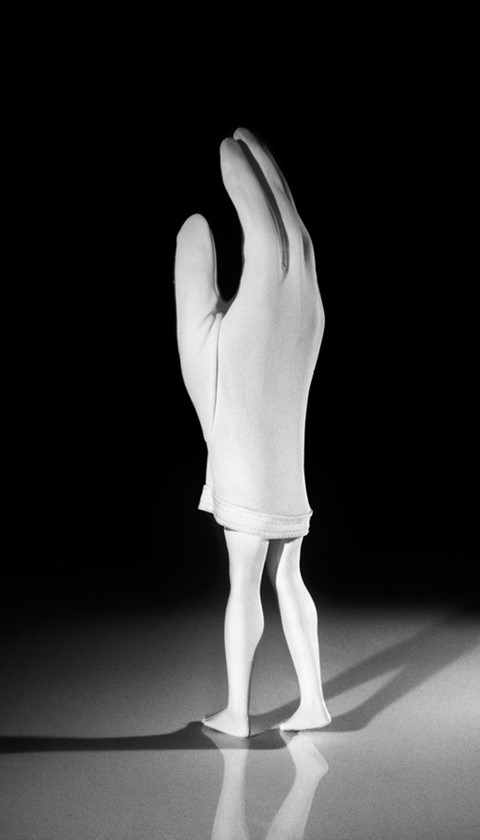
“My work always comes from, first and foremost, my experience. I always say there are three Ps for my work to leave the studio, and to satisfy me: on a personal level, on a psychological level, and on a political level. I need to be in a conversation with myself on all those levels with all my work. The world continues to serve me up delectable subjects.
“I’m very much into trying to accept the way the world is now, without questioning it. I do not wanna be a person who talks about how much better life was back then. Because the good old days did not exist. I just feel like as the world turns, as the world becomes more complex, and the world around me becomes more sophisticated, the possibilities for things for me to make become broader and broader and broader.
“Am I influenced by the work? Do I think about it now in terms of what I make? No, not consciously. My own vocabulary is so long and so complicated that that seems to be where I lead from, where I start from. But his [DeSana’s] influence is very deep within that still, from the time that we were together.
“I am the executor of the estate. He left it to me on his deathbed. We were relatively broke, I had a little child, I was trying to be an artist, and my best friend is leaving me his entire art career to manage, which was extremely overwhelming. It took me 20 years to archive it. Over time, my conviction about the power of that work, from having had a hands-on relationship with it all – now it’s been 30 years – my belief in that work has grown and grown and grown. It becomes more extraordinary all the time.”
Jimmy DeSana and Laurie Simmons: Double Trouble is on at Amanda Wilkinson Gallery in London until 5 March 2022.
